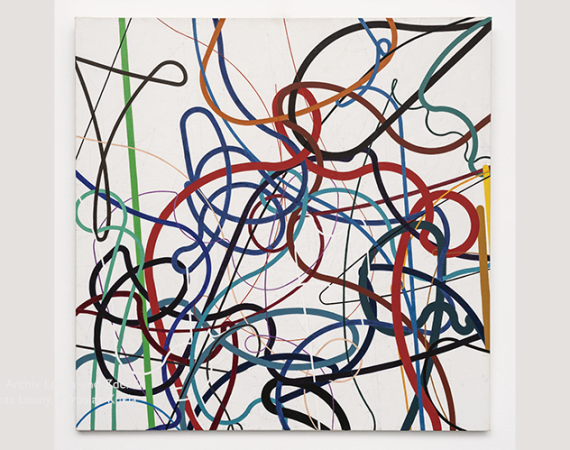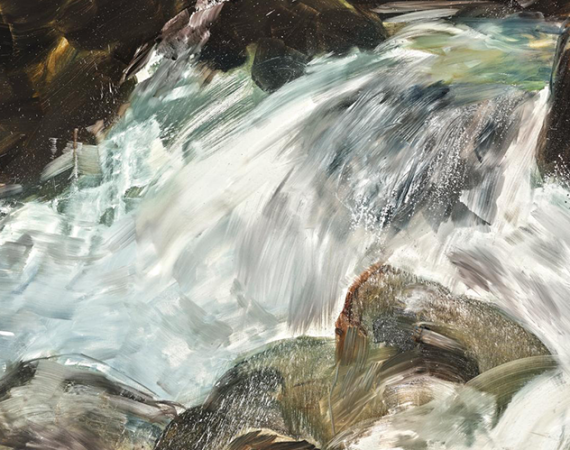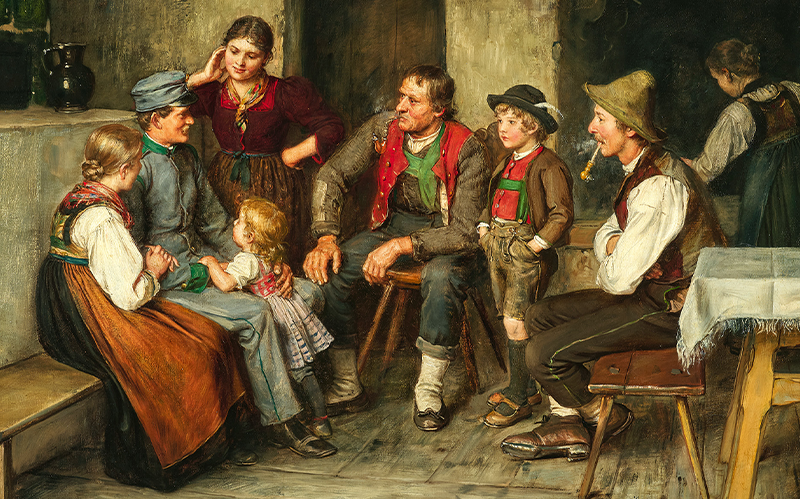
From Tyrolean country lad to becoming a lionised painter in Munich: Franz Defregger’s works are witnesses of a bygone era. They portray rural life in the second half of the 19th century in such a way that the observer feels part of it.
The artistic talent of the young Tyrolean farmer’s son, Franz Defregger, was recognised early in his life, but an artistic career was long denied him. After his father’s death in 1858, when he was 23 years old, he took over the family farm in Stronach in East Tyrol. The young man was not born to be an Alpine farmer however, and his circumstances distressed him so much he considered emigrating. In 1860, he decided to sell the farm and launch himself on an artistic career in Innsbruck.
He quickly moved on to Munich and subsequently to Paris. Finally, he had arrived in the capital city of art but, possibly in part due to his lack of language skills, he did not find the artistic recognition he sought. His stay in Paris was shorter than he had planned, but Defregger made use of his time by undertaking an intensive study of museums, galleries and art collections, as well as familiarising himself with the work of contemporary artists.
In 1865, after two years in the French capital, he returned to Munich and a year later entered the Munich Art Academy, where, in 1878 he was appointed Professor of Historical Painting, and remained there until 1910.
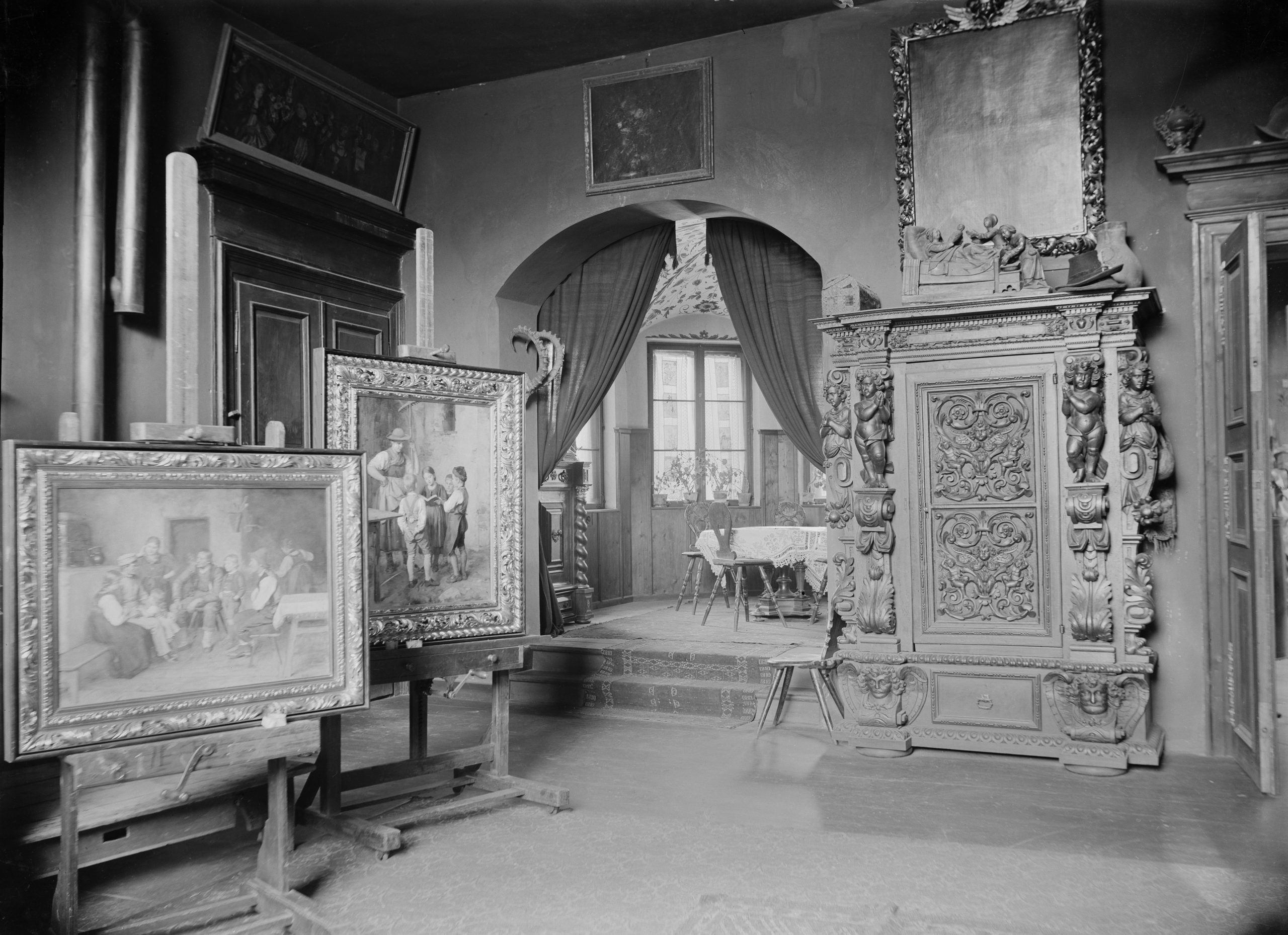
During the late 1860s, Defregger’s work was discovered and taken up by an enthusiastic middle-class audience. During the following years, Munich became his home. His studio, which was decorated in the neo-renaissance style, became a hub of society, reflecting the enormous success the artist enjoyed. The great popularity of his work can be attributed to the realism Defregger was able to bring to his subject matter as he was drawing from a rich treasury of personal experience. His character types seem to be captured straight from real life, completely authentic and devoid of artistic licence. This is illustrated in the work on offer in Dorotheum’s 19th Century Paintings sale on 23 October: in Die Fröhlich Runde (A Cheerful Party), the protagonists, three men and two women, gaze out candidly towards the observer. The picture has a modern air and reminds us of a snapshot photo showing a convivial gathering in a public house. Defregger was a precise observer of human behaviour and managed to capture the subtly changing psychological moods
with consummate skill.
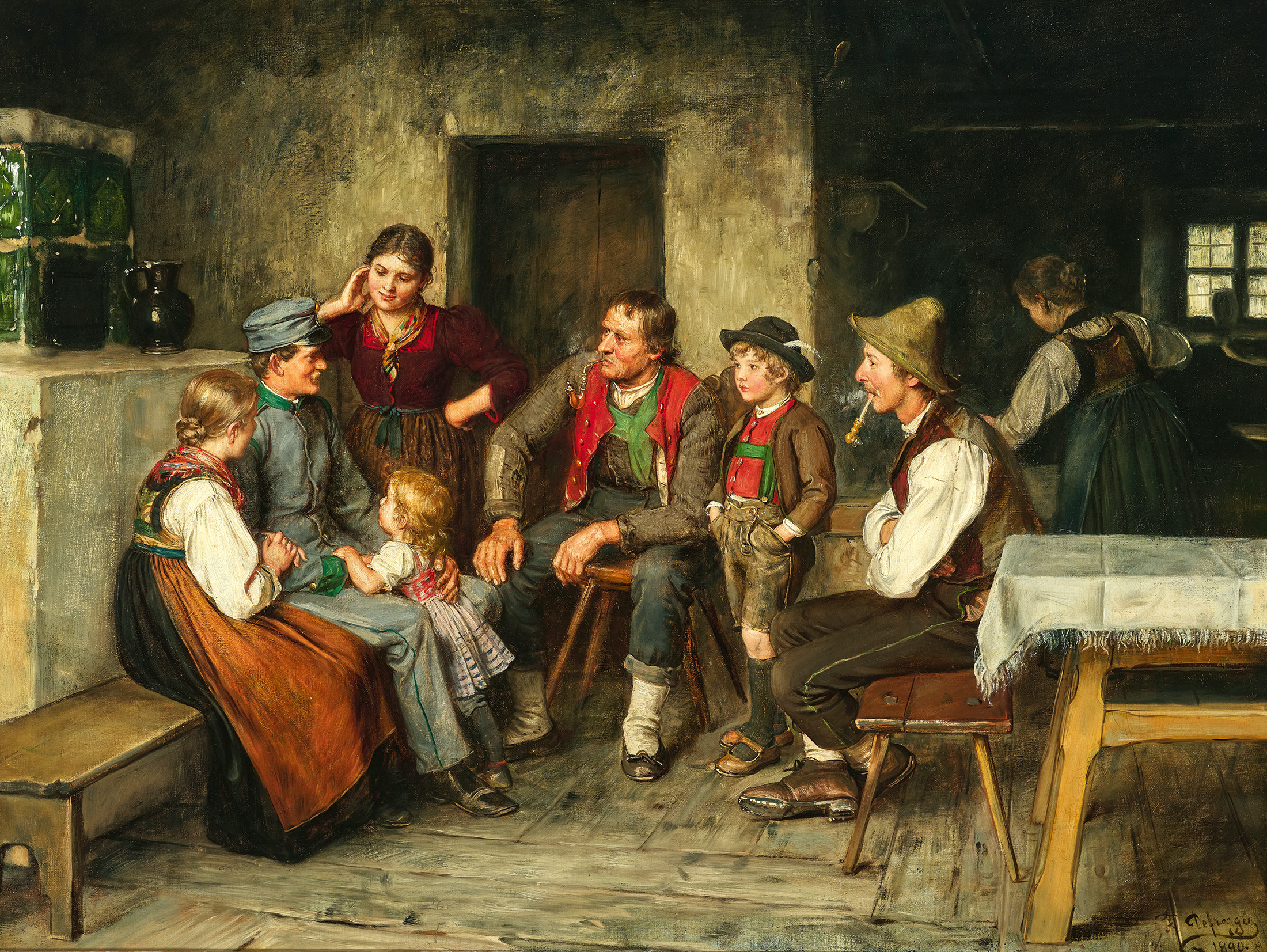
Several of his paintings became enormously popular, with the result that the variety of Defregger’s pictorial subjects reduced in the late 1880s and 1890s as he increasingly resorted to reproducing existing themes. By that time, Franz von Defregger was an established “painter prince” of Munich and he became one of the most reproduced
artists in the German-speaking region. The publisher, Franz Hanfstaengl, acquired the copyright to reproduce his works as soon as possible, even in the very year the oil paintings were created.
The painting known as Der Urlauber, junger Soldat zu Besuch daheim (A Young Soldier on Leave), which is also included in Dorotheum’s October sale, was published by the Franz Hanfstaengl art publishing house as Wieder daheim (Home Again). It depicts a young soldier recounting his experiences, surrounded by his family, seated in a cosy farmhouse parlour. As can be observed in this painting, Defregger gave particular attention to the precise portrayal of emotions and human behaviour, interpreting them with remarkable sensibility and care.
Defregger’s paintings aroused a sentimental longing for a pastoral Alpine landscape and provided an idyllic dreamlike escape for his city-bound audience.
AUCTION
19th Century Paintings, 23 October 2024, 6 pm
Palais Dorotheum, Dorotheergasse 17, 1010 Vienna
19c.paintings@dorotheum.at
Tel. +43-1-515 60-355, 501, 583










